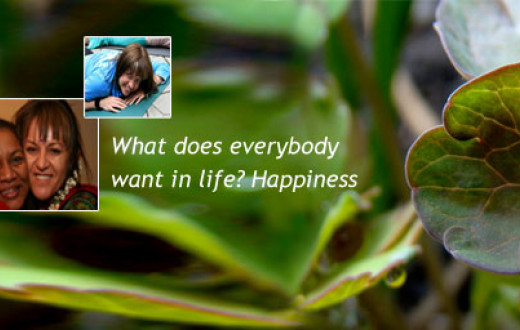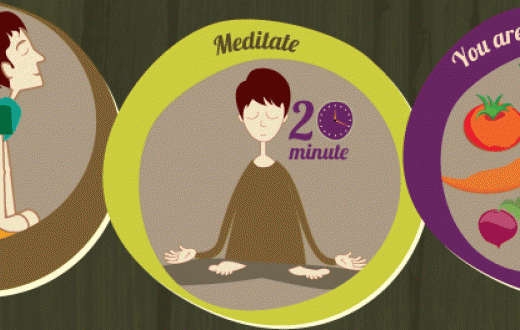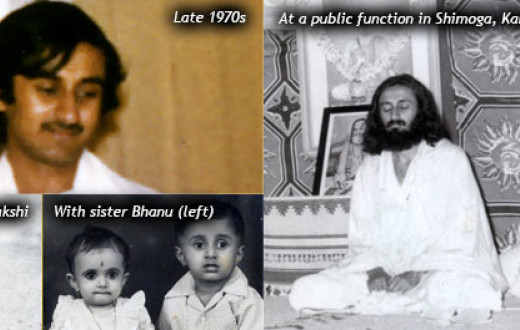Meditating for mental wellbeing
World over, India has become synonymous with yoga and meditation. An Indian child hears these words even before he begins his formal schooling. They have now become a part of our sanskara. Our parents, elders, and ancestors have vouched for the discipline of mind for our wellbeing but we are in an era where we question things and need evidence to believe.
At the International Women’s Conference organized by the Art of Living Foundation, some of these questions were answered. Ms. Ronnie Newman, Director of Health Education – United States of America, broke these answers down scientifically for her audience. Clad in white and dressed up in her beautiful and happy spirit, she emphasized that meditative practices are the need of the hour. Drawing from her experiences and research as the Founding Director of Research and Health Promotion, The Art of Living and Co-director for the Advanced Physician Wellness Program, Ronnie said that the meditative practices offer a humane solution to challenges of anxiety and depression.
Quoting research published by the British Psychiatry Journal on late-night depression, she said that only six percent of people felt better or made progress until The Art of Living Sudarshan Kriya was introduced in the recovery program. Post that, the numbers rose to an astounding 54 percent.
Ronnie further stated that people experiencing depression tend to have low prolactin. She said, “When everything else fails, the mental health professionals resort to electroshock treatments. It is said that the human body produces prolactin to soothe the pain caused by electroshock treatments, and that helps people feel better.” Electroshock treatments aren’t considered the most humane form of treating mental illness. Ronnie emphasized that the Art of Living Foundation’s Sudarshan Kriya increases prolactin levels right from the first session. For Indians, this immediately puts the age-old morning ritual of meditation or kriya in perspective.
Do we limit this to individuals seeking relief from anxiety or depression? The answer is no. Speaking of the Mirror Neuron System (MNS), she said that human brains are wired to hook up and mirror neurons of each other. “We are living in a world of neuron wifi,” she humored. “So,” she concluded, “our emotions are contagious just like the common cold.” It does make sense to make Sudarshan Kriya a part of our daily routine to be able to be at peace, evoke empathy, experience and spread happiness. In other words, when we choose to meditate, we are doing a lot more than just helping ourselves. More and more people meditating is likely to create a field of positive energy.
She summed up with, “I think we are living in a remarkable time in history.” She smiled and went on to explain that at this point in time, science, spirituality and our emotions are pointing in the same direction - to go deeper within. The world is coming together in more ways than one to decode the secrets within and pursue happiness. Perhaps this is what the Art of Living Foundation had foreseen when they came up with the motto of “Vasudeva Kutumbakam” or a One World Family.
Ronnie Newman is the Director of Health Promotion and Education at the Art of Living
Written by: Shubham Shukla



















































































































